In a bid to combat escalating traffic noise pollution, a novel study presents a semianalytical meshless method to optimize the acoustic performance of sound barriers. The research focuses on enhancing the effectiveness of these barriers by refining their shape and material distribution.
Tag: Sound
Spider Silk Sound System #ASA186
Researchers from Binghamton University investigated how spiders listen to their environments through webs and found that the webs match the acoustic particle velocity for a wide range of sound frequencies.
Analyzing Androgynous Characteristics in an Emperor Penguin Courtship Call #ASA186
In the emperor penguin courtship call, male vocalizations are composed of long, slow bursts with lower frequency tones than the female version. But calls of SeaWorld San Diego male penguin E-79 defied this binary. Also unusual was this penguin’s male companion, E-81. The pair “kept company” and sometimes exhibited ritual courtship displays.
Courtship Through Flute Song in Indigenous Southern Plains Culture #ASA186
In traditional Indigenous Southern Plains culture, a love story begins with an original ballad performed on the flute. In order to win a lover’s affection, and respect among the tribe, each pursuer must compose one good flute serenade.
ASA Invites Media to Acoustics Meeting in Ottawa, May 13-17
The Acoustical Society of America and the Canadian Acoustical Association are co-hosting a joint meeting May 13-17 at the Shaw Centre/Westin Ottawa Hotel.
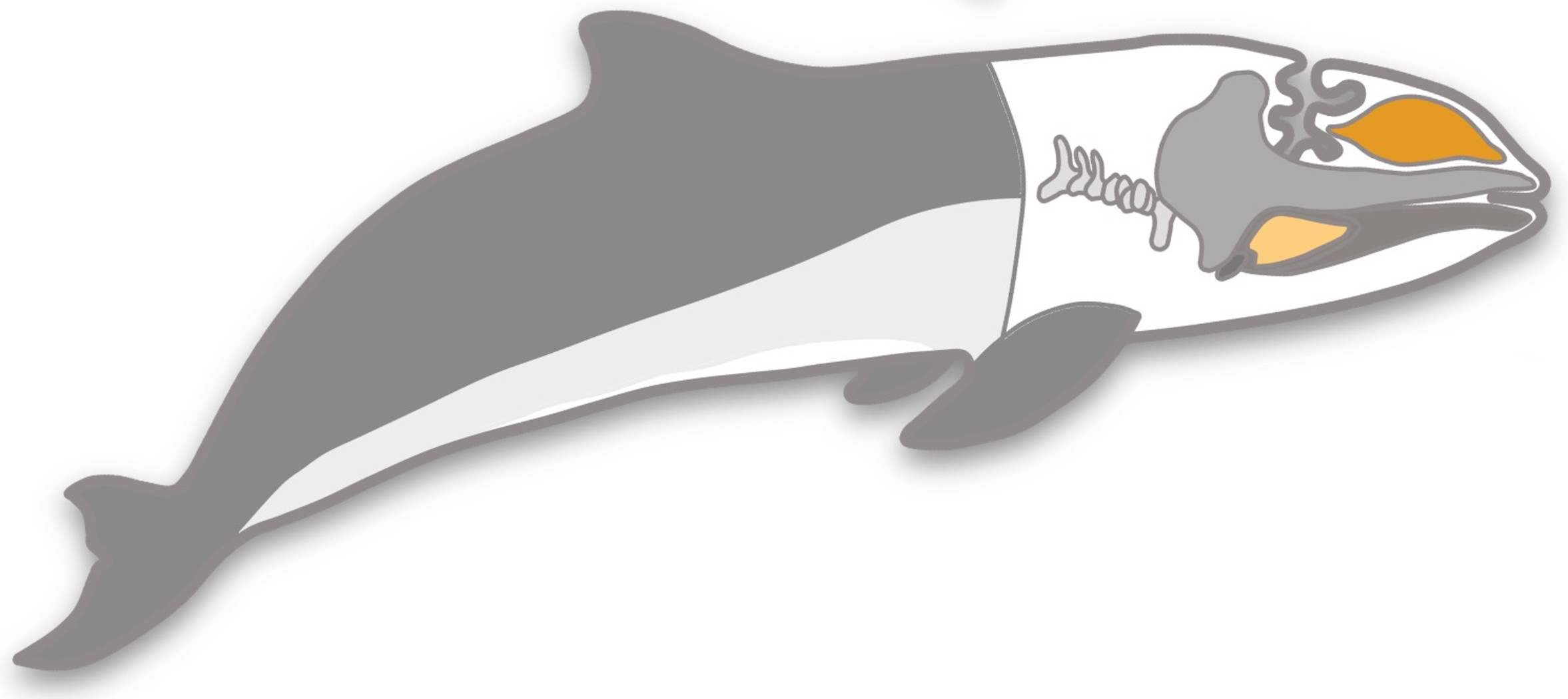
Toothed whale echolocation organs evolved from jaw muscles
Genetic analysis finds evidence suggesting that acoustic fat bodies in the heads of toothed whales were once the muscles and bone marrow of the jaw.
The sounds of a song can tell us what it is about
Can you tell what a song is used for when it is not in your language or from your culture? A new study finds that worldwide, people are pretty good at recognizing when an unfamiliar song is used for dancing, soothing babies, or healing sickness.
Hard-of-Hearing Music Fans Prefer a Different Sound
In JASA, researchers from the University of Oldenburg study the impact of hearing loss on subjects’ enjoyment of different music mixes.
Learning Thai: A Comprehensive Guide for Foreigners Interested in Studying Thai Language in Thailand
If you have foreign friends, how do you introduce them to Thailand? Thailand has a lot of charms to indulge in, but one of the appeals one cannot deny is the “Thai language” which, in any shape or form, is so melodious and pleasing to the ear.
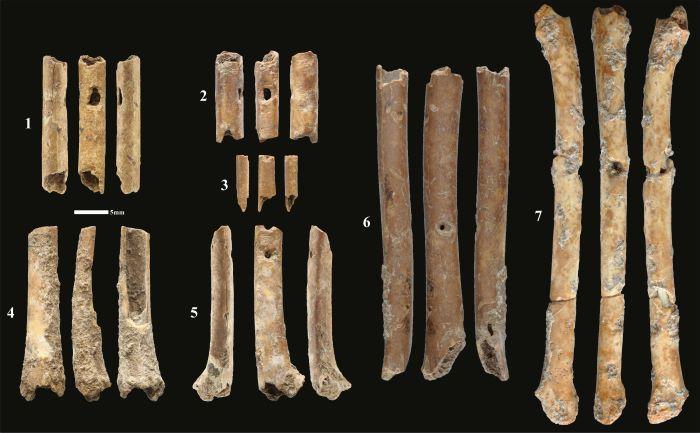
The first prehistoric wind instruments discovered in the Levant
Although the prehistoric site of Eynan-Mallaha in northern Israel has been thoroughly examined since 1955, it still holds some surprises for scientists. Seven prehistoric wind instruments known as flutes, recently identified by a Franco-Israeli team.
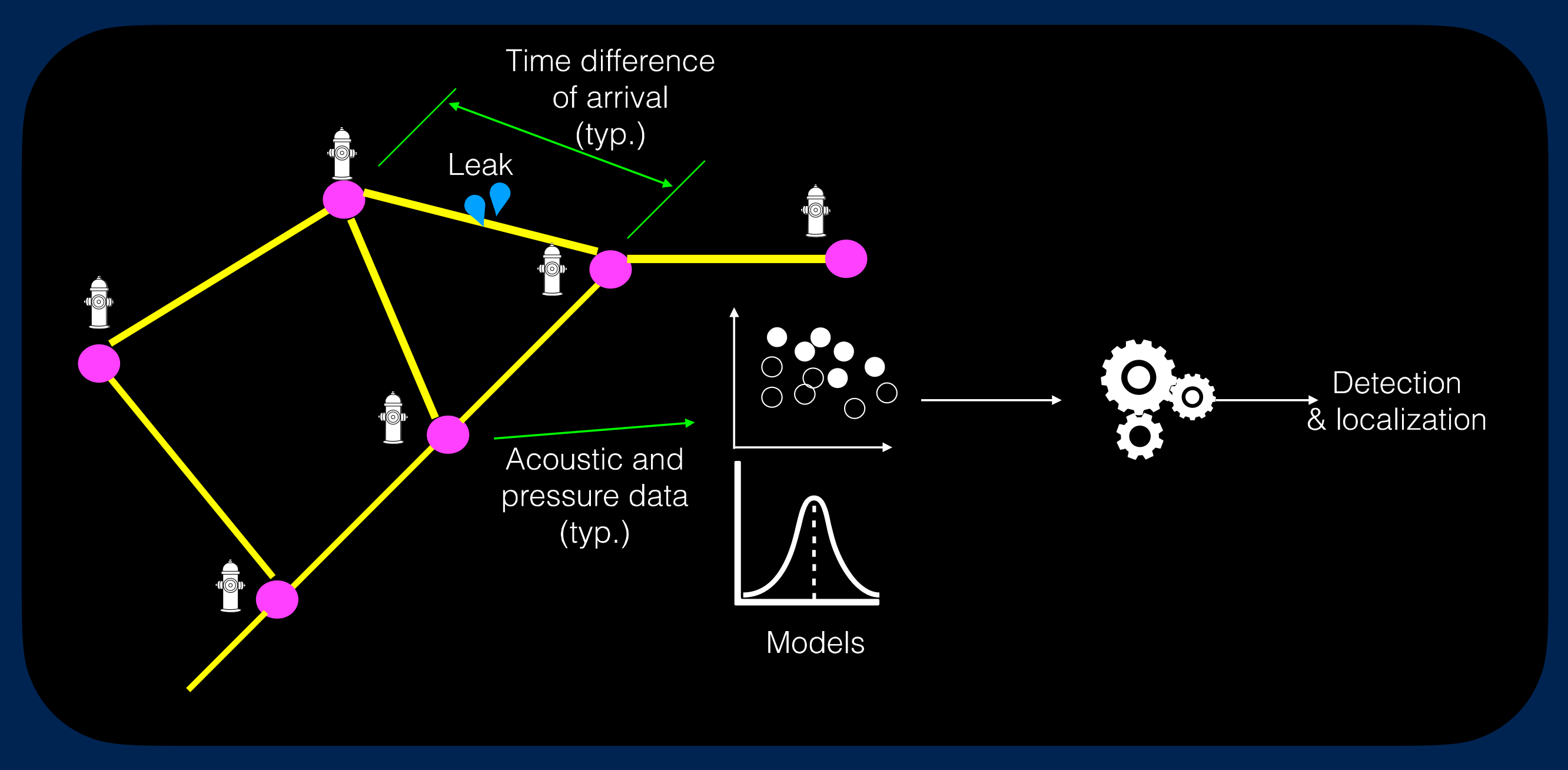
Fire Hydrant Hydrophones Find Water Leaks #ASA184
Acoustic monitoring is the go-to solution for locating a leak in a large urban pipe network, as the sounds from leaks are unique and travel far in water, but even this method struggles in complex systems. To tackle the problem, Pranav Agrawal and Sriram Narasimhan from UCLA developed algorithms that operate on acoustic signals collected via hydrophones mounted on fire hydrants. In doing so, the team can avoid costly excavation and reposition the devices as needed. Combined with novel probabilistic and machine-learning techniques to analyze the signals and pinpoint leaks, this technology could support water conservation efforts.
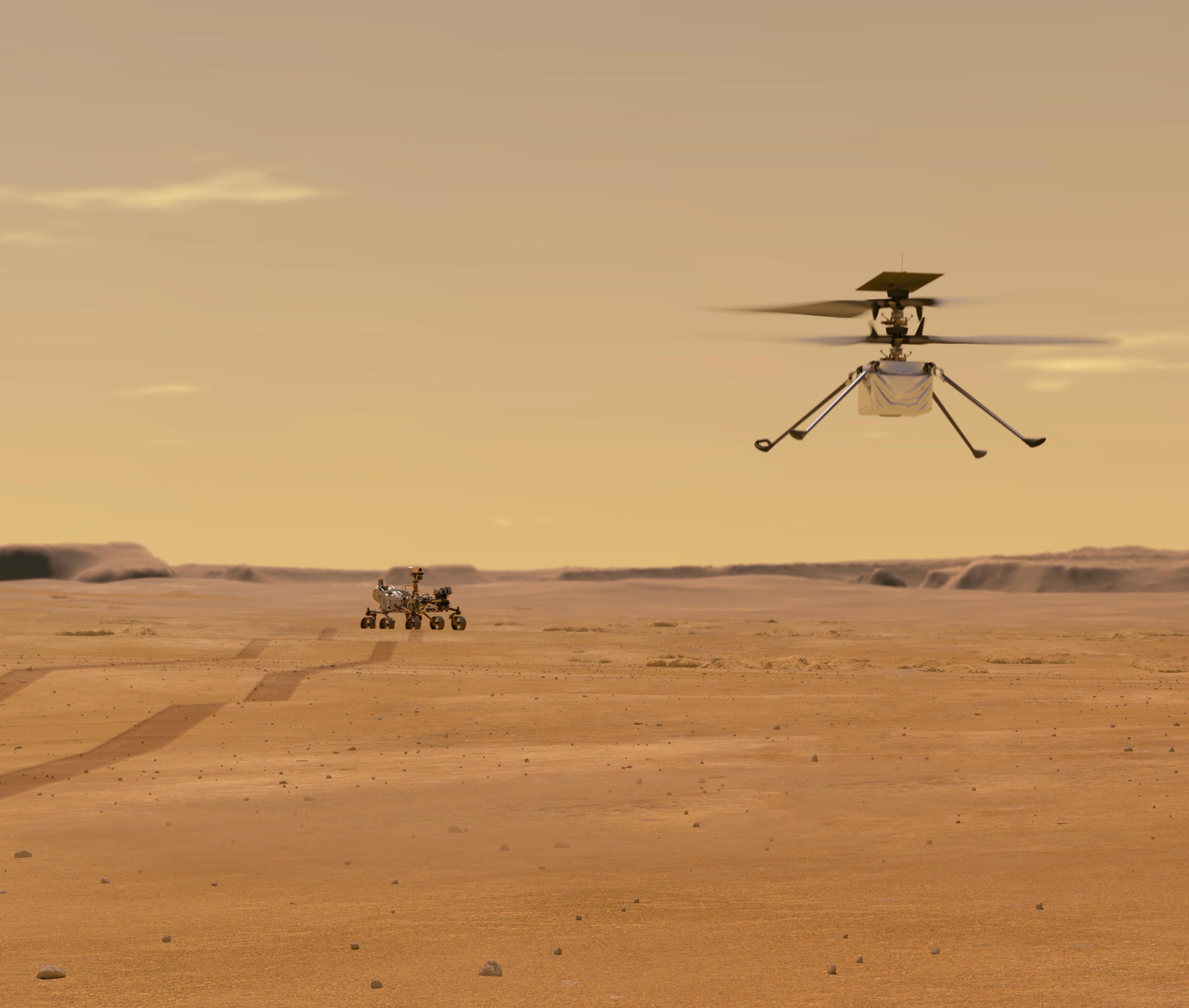
These Sounds Are Out of This World! #ASA184
Scientists can harness sound on other worlds to learn about properties that might otherwise require a lot of expensive equipment, like the chemical composition of rocks, how atmospheric temperature changes, or the roughness of the ground. Extraterrestrial sounds could also be used in the search for life. Timothy G. Leighton from the University of Southampton has designed a software program that produces extraterrestrial environmental sounds and predicts how human voices might change in distant worlds. He will demonstrate his work at the upcoming 184th ASA Meeting.
Songs of the Oceans Raise Environmental Awareness #ASA184
At the 184th ASA Meeting, Colin Malloy of Ocean Network Canada will present his method to transform ocean data into captivating, solo percussion songs. He employs sound from hydrophones and introduces elements inspired by ocean-related data such as temperature, acidity, and oxygenation. For example, in his piece, Oil & Water, Malloy represents the impact of oil production on the oceans. He plays an eerily catchy melody on steel drums and inserts noise to represent oil production over the past 120 years.

A Cocktail Party of 3D-Printed Robot Heads #ASA184
Imagine a cocktail party full of 3D-printed, humanoid robots listening and talking to each other. That seemingly sci-fi scene is the goal of the Augmented Listening Laboratory at the University of Illinois Urbana-Champaign. With precise control over the simulated subjects, the researchers can adjust the parameters of the experiment and even set the machines in motion to simulate neck movements. They will describe the talking human head simulators, and their work investigating how humans receive sound and developing audio technology, at the 184th ASA Meeting.
Acoustical Society of America Press Conferences Livestreamed from Chicago, May 9 #ASA184
The 184th ASA Meeting will include three press conferences on Tuesday, May 9. The in-person presentations will also be livestreamed and recorded. Topics will focus on a wide range of newsworthy sessions, including 3D-printing head simulators, tracking immune cells with ultrasound, investigating the impact of skin color on breast cancer diagnosis, mimicking insects to create miniature microphones, and locating leaks in water networks. Reporters can register for in-person or virtual attendance.
Lead Vocal Tracks in Popular Music Go Quiet
Scientists carried out an analysis of hundreds of popular song recordings from 1946 to 2020 to determine the lead vocal to accompaniment ratio, or LAR. The study considered the four highest-ranked songs from the Billboard Hot 100 chart for each year and the results show that, contrary to expectations, the LAR for popular music decreased over the decades in question. This means that, relative to their bands, lead singers are getting quieter.
It’s not as difficult as you think to shout upwind
Researchers unveil and explain a common-sense misunderstanding
Autonomous buses: It’s all about when, not how, they sound
Researchers at Cornell University are using sound to help autonomous vehicles navigate complex social situations, like communicating with people in traffic. After testing multiple scenarios, they discovered the timing of a sound, rather than the type of sound, was most important.
Acoustical Society of America Invites Media to Chicago Meeting, May 8-12
ASA will hold its 184th meeting May 8-12 in Chicago, offering in-person and hybrid sessions throughout the week. The scientific conference brings together acousticians, researchers, musicians, and more from around the world, who will describe their work on topics that include measuring the calls of Puerto Rican coqui frogs, communicating with artificial intelligence, capturing the sounds of the stratosphere, simulating sounds on other planets, and ensuring linguistic justice by considering the unique aspects of African American English. Conference highlights can be found on social media by searching the #ASA184 hashtag and reporters are invited to attend in-person and hybrid sessions at no cost.
Call for Nominations – Acoustical Society of America Science Communication Awards
The Acoustical Society of America offers Science Communication Awards in Acoustics to recognize excellence in the communication of acoustics-related topics to a popular audience. The 2023 award cycle will accept content created between Jan. 1, 2021, and Dec. 31, 2022; if you have seen, heard, or created something acoustics-related during this time frame, please nominate it! Each nominated entry will be judged according to its general accessibility, relevance to acoustics, accuracy, and quality. Nominations will be accepted until March 15, 2023.
“Gowajee” — a Thai Speech-Recognition AI from Chula
An engineering professor from Chula has designed “Gowajee”, a Thai-language speech recognition AI capable of delivering speech-to-text/ text-to-speech with the accuracy of a native speaker while keeping users’ data secure. Having been rolled out in call centers, and depression patients screening process, Gowajee is set to be adapted to many other functions.
Improving Child Development by Monitoring Noisy Day Cares #ASA183
At the 183rd ASA Meeting, Kenton Hummel will describe how soundscape research in day cares can improve child and provider outcomes and experiences. He and his team collaborated with experts in engineering, sensing, early child care, and health to monitor three day care centers for 48-hour periods. High noise levels and long periods of loud fluctuating sound can negatively impact children and staff by increasing the effort it takes to communicate. In contrast, a low background noise level allows for meaningful speech, which is essential for language, brain, cognitive, and social/emotional development.
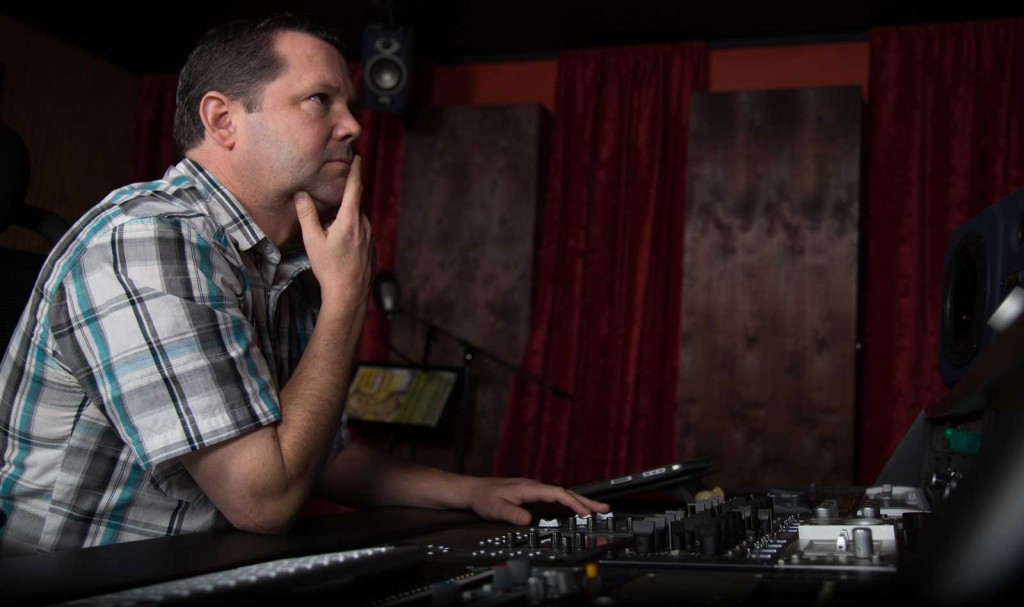
How Behind-the-Scenes Sound Mixing Makes Movie Magic #ASA183
Modern movie sound mixing uses techniques like impulse responses to reproduce dialogue and other sounds. These methods are crucial to align what moviegoers see and hear and keep them engaged in the story. At the 183rd ASA meeting, Jeffrey Reed of Taproot Audio Design will demonstrate the behind-the-scenes audio engineering required to re-create the acoustics of movie sets and locations, sharing short clips of film to compare the original recording to the studio mixed product.
Helping Acoustic Concepts Resonate with Students #ASA183
“I am sitting in a room, different from the one you are in now.” With these words, Alvin Lucier begins a fascinating recording where his voice warps and becomes indistinguishable over time, solely because of how sound reflects in the room. For physics students, this audio can be used to reveal details of the surrounding room and teach important lessons about acoustic resonance. Andy Piacsek, of Central Washington University, will discuss how he employs Lucier’s project in the classroom during his talk, “Students are sitting in a room.”
Why Those Sounds From Your Upstairs Neighbor Are So Annoying #ASA183
At the 183rd ASA Meeting, Markus Mueller-Trapet will describe experiments designed to simulate and measure the perceived annoyance experienced from noisy neighbors in multi-unit residential buildings. He and his team provided a living room-like situation and recorded impact sounds of objects dropping and people walking. They then presented the recordings to study participants, using different playback techniques and virtual reality, and created an online survey. The team hopes to provide guidance to architects and building code developers.
3D-Printed Violins Bring Music into More Hands #ASA183
Creating 3D-printed, low-cost, durable violins for music students, researchers have explored the factors that result in the best violin sounds and performed a concerto composed specifically for 3D-printed instruments. The violin was created in two sections. The body is made of a plastic polymer material and designed to produce a resonant tone, while the neck and fingerboard are printed in smooth ABS plastic to be comfortable in the musician’s hands. The result is a violin that produces a darker, more mellow sound than traditionally made instruments.

Media Invited to Explore Urban Acoustics with a ‘Sound Walk’ of Nashville #ASA183
The 183rd ASA Meeting will include an urban sound walk, in which media are invited to explore Nashville, its sounds, and efforts to design projects that enhance the sonic environment and mitigate noise. Following the walk, ASA will host a workshop on soundscape design and how planning can be used to create sustainable, walkable, livable urban environments. The walk is an opportunity for media and anyone interested in urban soundscapes, while the workshop is intended for city planners, architects, officials, and others whose work lies on the interface between sound and the community. All are welcome.
New study shows spiders use webs to extend their hearing
A newly published study of orb-weaving spiders — has yielded some extraordinary results: The spiders are using their webs as extended auditory arrays to capture sounds, possibly giving spiders advanced warning of incoming prey or predators.

Artificial intelligence answers the call for quail information
When states want to gauge quail populations, the process can be grueling, time-consuming and expensive. It means spending hours in the field listening for calls. Or leaving a recording device in the field to catch what sounds are made—only to spend hours later listening to that audio. Then, repeating this process until there’s enough information to start making population estimates.
But a new model developed by researchers at the University of Georgia aims to streamline this process. By using artificial intelligence to analyze terabytes of recordings for quail calls, the process gives wildlife managers the ability to gather the data they need in a matter of minutes.
Researchers discover how sound reduces pain in mice
An international team of scientists has identified the neural mechanisms through which sound blunts pain in mice. The findings, which could inform development of safer methods to treat pain, were published in Science.
Moth wing-inspired sound absorbing wallpaper in sight after breakthrough
Experts at the University of Bristol have discovered that the scales on moth wings act as excellent sound absorbers even when placed on an artificial surface.
Making Racetrack Noise Bearable with Physics #ASA182
Raceways can produce noise from many kinds of vehicles, such as race cars, street race cars, racing motorcycles, go-karts, monster trucks, and cheering spectators. During the 182nd ASA Meeting, Bonnie Schnitta, from SoundSense LLC, will discuss her efforts to reduce the noise in a Michigan neighborhood from a nearby raceway. She and her team examined several different types of barriers, including berms, acoustic barriers, or dense foliage, to block that noise from reaching surrounding houses and businesses.
To Better Understand Speech, Focus on Who Is Talking
Researchers have found that matching the locations of faces with the speech sounds they are producing significantly improves our ability to understand them, especially in noisy areas where other talkers are present. In the Journal of the Acoustical Society of America, they outline a set of online experiments that mimicked aspects of distracting scenes to learn more about how we focus on one audio-visual talker and ignore others.
Algorithm Finds Personalized Sound Zones in Cars for Driver, Passengers
In The Journal of the Acoustical Society of America, published by the Acoustical Society of America through AIP Publishing, researchers from Stellantis and Laboratoire d’Acoustique de l’Universite du Mans outline an algorithm that adapts personalized sound zones within a car to changes in seat position, allowing riders to listen to their own audio without headphones and interruption.
Voices of Reason? Study Links Acoustic Correlations, Gender to Vocal Appeal
What makes a voice attractive? The question is the subject of broad interest, with far-reaching implications in our personal lives, the workplace, and society. In The Journal of the Acoustical Society of America, scientists describe research that explores the interactions between gender and articulatory precision to gauge vocal attractiveness. They were surprised to find a sizable gender difference in speech intelligibility.
Compact Speaker Systems Direct Sound Efficiently
In JASA Express Letters, researchers developed three designs for compact speaker systems that control the direction of sound more efficiently than previous models. For each speaker, the scientists were able to manipulate the timing and strength of the outgoing sound waves. They combined multiple speakers together into an array and used the constructive and destructive interference of sound waves to their advantage.
Human Voice Recognition AI Now a reality — “Thai Speech Emotion Recognition Data Sets and Models” Now Free to Download
Chulalongkorn University’s Faculty of Engineering and the Faculty of Arts have jointly developed the “Thai Speech Emotion Recognition Data Sets and Models”, now available for free downloads, to help enhance sales operations and service systems to better respond to customers’ needs.
The human ear detects half a millisecond delay in sound
Acoustics researchers at Aalto University, in collaboration with professional monitoring loudspeaker manufacturer Genelec, have investigated just how small of a variation in sound delay the human ear can detect in the most sensitive frequency range for hearing. People normally hear sound in the range of 20 and 20,000 hertz.
COVID-19 Creates Hearing, Balance Disorders, Aggravates Tinnitus Symptoms
Evidence suggests auditory and vestibular effects should be added to the growing list of physiological impacts of COVID-19. During the 180th Meeting, Colleen Le Prell from the University of Texas at Dallas will talk about hearing and balance disorders associated with coronavirus infection and how pandemic-related stress and anxiety may aggravate tinnitus symptoms. Her presentation, “Hearing disorders secondary to infection with SARS-CoV-2,” will take place Thursday, June 10.
Headphones, Earbuds Impact Younger Generations’ Future Audio Health
As more people are taking advantage of music on the go, personal audio systems are pumping up the volume to the detriment of the listener’s hearing. During the 180th ASA Meeting, Daniel Fink from The Quiet Coalition and Jan Mayes will talk about current research into personal audio system usage and the need for public health hearing conservation policies. Their session, “Personal audio system use can harm auditory health,” will take place Thursday, June 10.
Pandemic Quarantine Acoustically Contributes to Mental, Physical Health Degradation
The prolonged impact of the COVID-19 pandemic created widespread lockdown fatigue and increased social tension in multiunit housing, but small improvements in quality-of-life routines may help people cope. During the 180th ASA Meeting, Braxton Boren from American University will discuss noise prevention techniques and the use of alterative acoustic stimulation to help those who find themselves in pandemic-related lockdowns. The session, “The Soundscape of Quarantine,” will take place Wednesday, June 9.
Acoustical Evolution Increases Battle Between Predator, Prey
In the battle between hunter and hunted, sound plays an integral part in success or failure. In the case of bats vs. moths, the insects are using acoustics against their winged foes. During the 180th ASA Meeting, Thomas Neil from the University of Bristol will discuss how moth wings have evolved in composition and structure to help them create anti-bat defenses. The session, “Moth wings are acoustic metamaterials,” will take place Wednesday, June 9.
Measuring Sound Diversity of Quietness
The world is filled with myriad sounds that can overwhelm a person with relentless acoustics. Noise is so prevalent in everyday life that the concept and achievement of comfortable quiet is hard to define. During the 180th ASA Meeting, Aggelos Tsaligopoulos from the University of the Aegean will describe how quiet could be measured in the hopes of better understanding its impact on people. The session, “Towards a new understanding of the concept of quietness,” will take place Wednesday, June 9.
Personalized Soundscape Could Help People with Dementia with Time, Place Recognition
Designing a soundscape to improve quality of life for an individual is centered on putting their perception at the heart of the process. During the 180th ASA Meeting, Arezoo Talebzadeh from Ghent University will show how a personalized soundscape can help those with dementia by providing clues regarding time of day and place. The session, “Soundscape design for people with dementia; the correlation between psychoacoustic parameter and human perception,” will take place Wednesday, June 9.
Balancing Speech Intelligibility, Face Covering Effectiveness in Classrooms During the Pandemic
A better understanding of the impacts of face masks and shields on acoustic transmission in classrooms could help optimize educational settings. During the 180th ASA Meeting, Laura and Rich Ruhala from Kennesaw State University will talk about how various types of face coverings may affect students’ understanding of their teacher. Their presentation, “Acoustical transmission of face coverings used to reduce coronavirus transmission in a classroom environment,” will take place Tuesday, June 8.
Teaching Drones to Hear Screams from Catastrophe Victims
Unmanned aerial vehicles may help emergency crews find those in need and provide situational awareness over a large area. During the 180th ASA Meeting, Macarena Varela from Fraunhofer FKIE will describe how a system using an array of microphones and advanced processing techniques could be a lifesaver for disaster victims. The session, “Bearing Estimation of Screams Using a Volumetric Microphone Array Mounted on a UAV,” will take place Tuesday, June 8.
Acoustics in Focus: Virtual Press Conference Schedule for 180th Meeting of Acoustical Society of America
Press conferences at the 180th ASA Meeting will cover the latest in acoustical research during the Acoustics in Focus meeting. The virtual press conferences will take place each day of the meeting and offer reporters and outlets the opportunity to hear key presenters talk about their research. To ensure the safety of attendees, volunteers, and ASA staff, Acoustics in Focus will be hosted entirely online.
MEDIA ADVISORY: Story, Feature Ideas from 180th Meeting of the Acoustical Society of America
The 180th ASA Meeting, being held virtually June 8-10, will feature sessions on how the COVID-19 pandemic impacted hearing health, affected noise annoyance in urban settings, and adjusted how teachers talked and listened to their students. There will be presentations on how acoustics shapes speech in children, impacts mental health, and potentially signals health problems.
Save-the-Date: Acoustics in Focus, June 8-10, Offers New Presentation Options
The Acoustical Society of America will hold its 180th meeting June 8-10. To ensure the safety of attendees, volunteers, and ASA staff, the June meeting, “Acoustics in Focus,” will be hosted entirely online with new features to ensure an exciting experience for attendees. Reporters are invited to attend the meeting at no cost and participate in a series of virtual press conferences featuring a selection of newsworthy research.
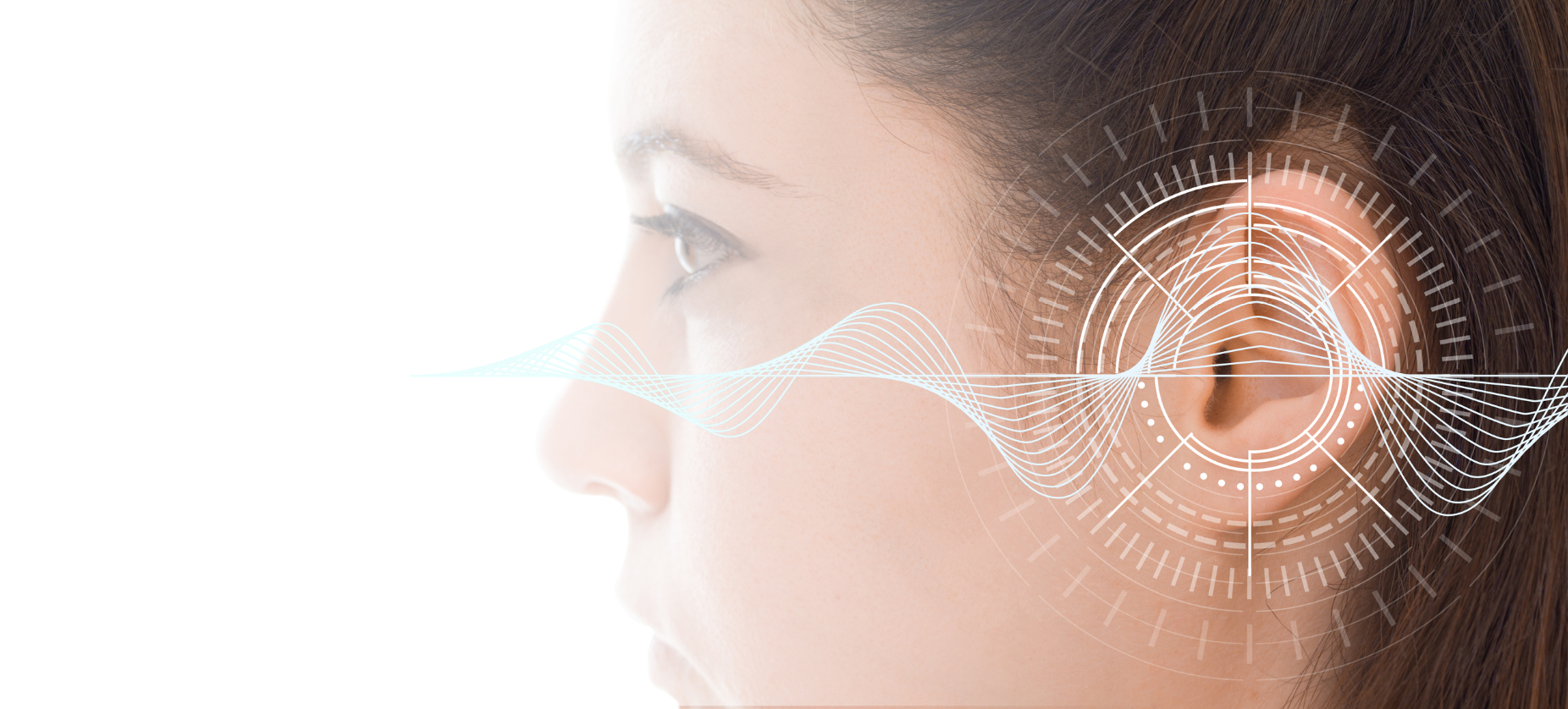
Study in Newborn Mice Suggests Sounds Influence the Developing Brain Earlier than Previously Thought
Scientists have yet to answer the age-old question of whether or how sound shapes the minds of fetuses in the womb, and expectant mothers often wonder about the benefits of such activities as playing music during pregnancy. Now, in experiments in newborn mice, scientists at Johns Hopkins report that sounds appear to change “wiring” patterns in areas of the brain that process sound earlier than scientists assumed and even before the ear canal opens.